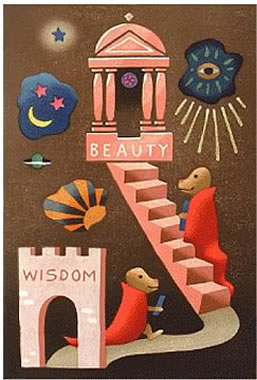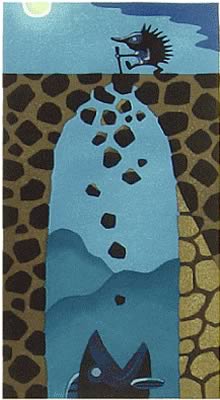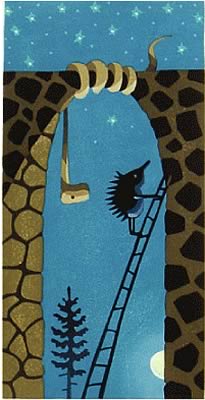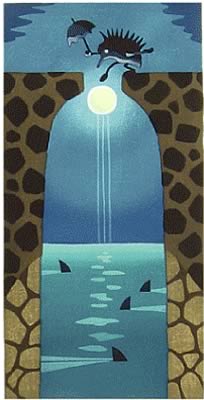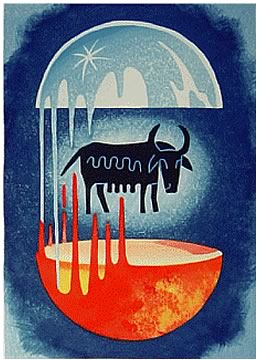McClain's
Is printmaking held in a different regard in Japan than it is in Europe or other places that you've experienced?
Tuula Moilanen
I think Japanese have a special relationship to prints, owing to their
long tradition in woodcut. They always nod acceptingly when I tell that
I am a woodblock printmaker. They know what I mean. Printmaking, along with
all art which is based on long training and craftsmanship, is valued
highly in Japan. On the contrary, when I was living in Italy I often
had difficulties in getting people to understand the process behind my
prints. After my long explanation about the woodcut techniques, some
people even suggested me to use a copy machine to make my life easier!
McClain's
In your travels, have you found the public to be educated about printmaking?
Tuula Moilanen
People interested in art usually know the basic methods in printmaking. But I am not sure about the average person. Probably they have no idea. It surely takes more education and personal interest to understand printmaking than it does to understand painting or sculpture.
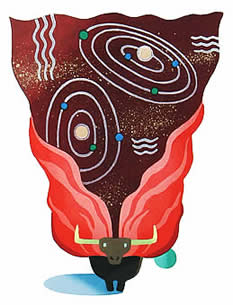
Caught in the Sky , woodcut, 2004.
